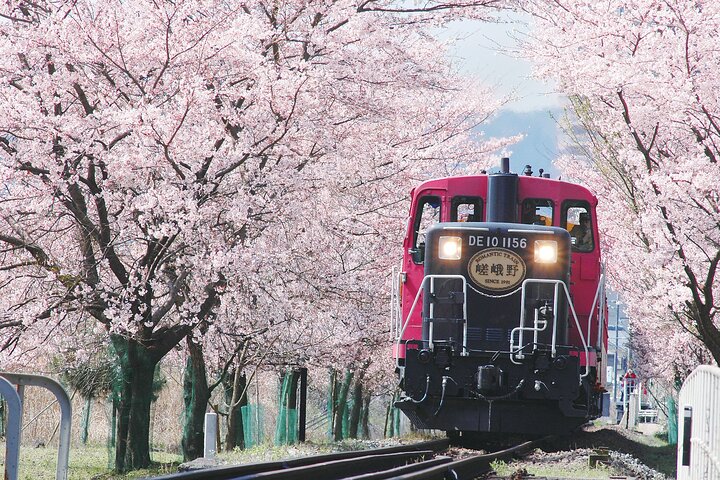Exploring Kyoto’s Timeless Treasures: A Guided Cultural Odyssey
Embark on a journey through Kyoto’s historical wonders with an expert guide. Discover the stories behind ancient castles, golden temples, and spiritual sanctuaries in this unforgettable cultural adventure.
A Journey Through Time: Kyoto’s Historical Marvels
Kyoto, a city where the past and present coexist in harmony, offers a unique opportunity to delve into Japan’s rich history and culture. My recent experience with the Kyoto Private Tour was nothing short of transformative. Guided by the knowledgeable Mr. Kazu Akiyama, I embarked on a journey that brought the ancient capital’s stories to life.
Nijo Castle: A Glimpse into Feudal Japan
Our day began with a visit to Nijo Castle, a site that stands as a testament to Japan’s feudal era. As we walked through the castle’s grand halls, Kazu-san shared tales of the shogunate period and the samurai who once roamed these grounds. His insights into the political and cultural significance of the castle were enlightening, painting a vivid picture of life during those times.
The architecture of Nijo Castle, with its intricate woodwork and traditional Japanese gardens, was a marvel to behold. Kazu-san’s detailed explanations of the castle’s design elements and their symbolic meanings added depth to our understanding of this historical landmark. It was a captivating start to our exploration of Kyoto’s heritage.
The Golden Pavilion: A Zen Masterpiece
Next, we made our way to the iconic Golden Pavilion, or Kinkaku-ji, a UNESCO World Heritage site renowned for its stunning golden exterior. The pavilion’s reflection in the tranquil pond created a scene of serene beauty, a perfect embodiment of Zen aesthetics.
Kazu-san recounted the pavilion’s history, from its origins as a shogun’s villa to its transformation into a Zen Buddhist temple. His storytelling brought the site’s past to life, allowing us to appreciate not only its architectural splendor but also its spiritual significance. Standing before the Golden Pavilion, I felt a profound connection to the cultural and religious traditions that have shaped Japan.
Kyoto Imperial Palace: The Heart of an Empire
Our journey continued to the Kyoto Imperial Palace, once the residence of Japan’s emperors. Walking through the palace grounds, Kazu-san shared insights into the role of the Imperial family in Japanese history and the palace’s significance as a center of power.
The palace’s architecture, with its elegant simplicity and harmonious design, reflected the refined tastes of the Imperial court. Kazu-san’s knowledge of the palace’s history and its influence on Japanese culture enriched our visit, making it a truly immersive experience.
Sanju-sangen-do: A Spiritual Encounter
Our final stop was the Sanju-sangen-do temple, home to a remarkable collection of 1,001 statues of the goddess Kwannon. Each statue, with its unique expression, was a testament to the artistic and spiritual heritage of Japan.
Kazu-san explained the religious significance of the temple and its role in the practice of Buddhism. His insights into the temple’s history and its artistic achievements deepened our appreciation for this national treasure. It was a fitting conclusion to a day filled with discovery and reflection.
Reflections on a Memorable Day
Throughout the tour, Kazu-san’s passion for Kyoto’s history and culture was evident. His ability to weave historical facts with engaging stories made the day feel like a personal journey through time. His attentiveness to our interests ensured that each stop was meaningful and enriching.
This experience with the Kyoto Private Tour was more than just a sightseeing trip; it was an opportunity to connect with the soul of Kyoto. The city’s ancient temples, majestic palaces, and serene gardens offered a window into Japan’s past, while Kazu-san’s guidance provided the key to unlocking their stories.
For anyone seeking to explore Kyoto’s cultural treasures, I wholeheartedly recommend this tour. With an expert guide like Kazu-san, you’re sure to have an unforgettable adventure that will leave you with a deeper understanding of Japan’s rich heritage.


















































